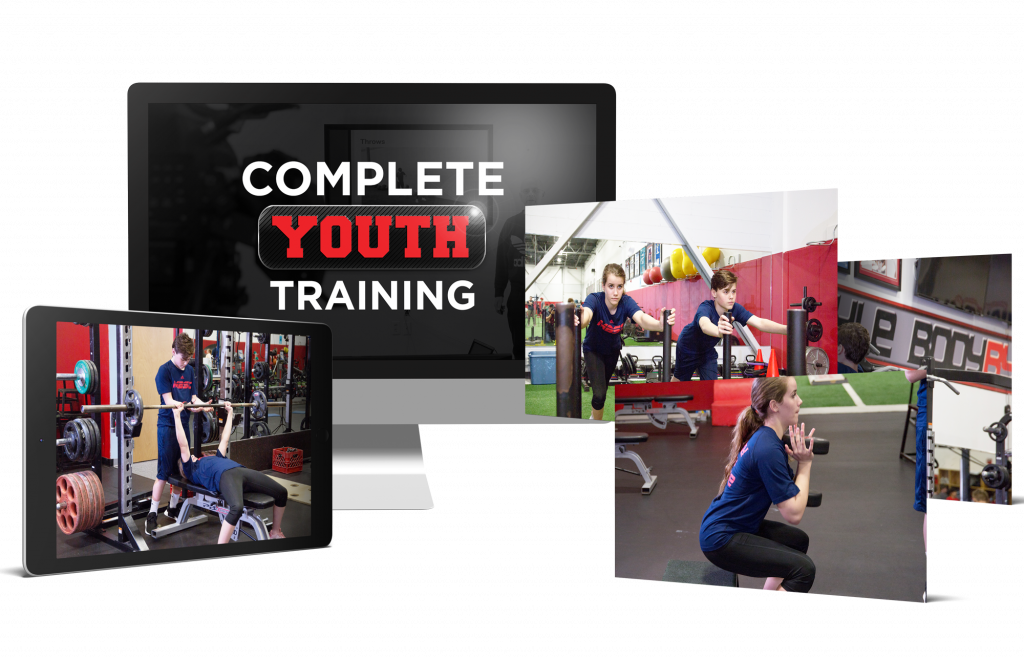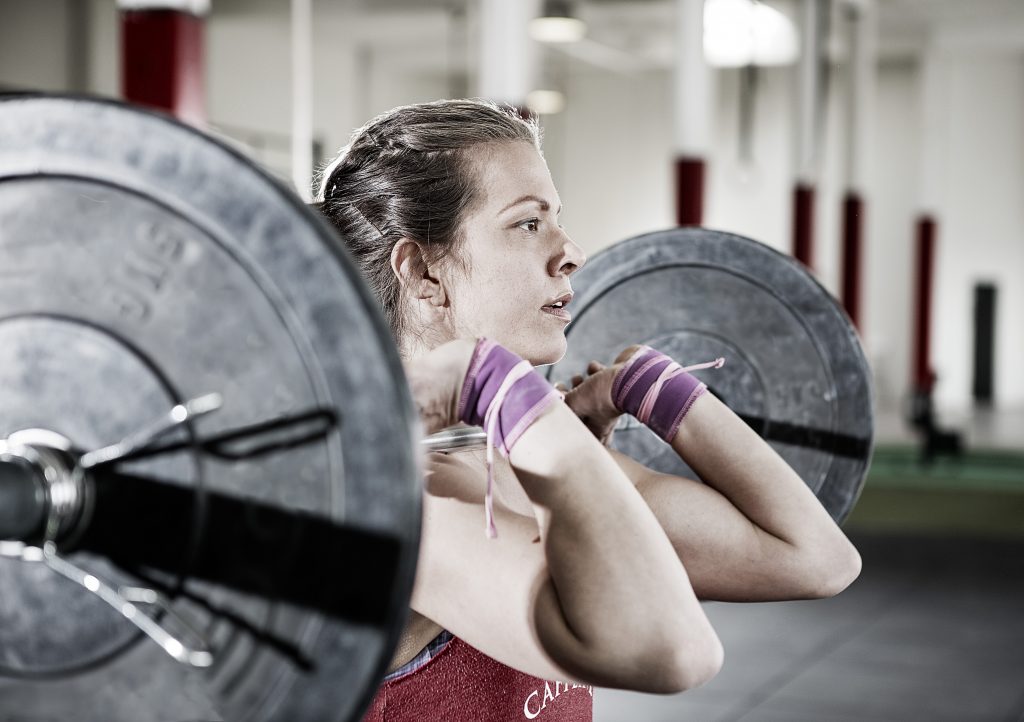I’m a little over a week removed from two workshops I did in Vancouver & Victoria, British Columbia.
That’s in Canada for the geographically challenged.
One was a four-hour shindig on shoulder assessment at the downtown Equinox in Vancouver for a team of their trainers.1
The second event took place in Victoria, on Vancouver Island (which, by the way, involved maximal clinching of sphincter on THIS contraption), where I spent a lovely 2-days taking a group of fitness professionals through my Coaching Competency workshop.
When all was said and done I spent 18 total hours presenting over the course of three days. By the end I was exhausted. But on the ferry ride back to Vancouver to start the trek back home to Boston I couldn’t help but to also feel inexcusably elated.
Elated I completed another seemingly successful trip, elated the t-shirts I chose to wear highlighted the “peciness” of my pecs, elated I was on my way home to see my wife and son, and elated I had a 90 minute ferry ride to sneak in a power-nap.
To date I’ve been invited to 40+ (give or take) speaking engagements/workshops/seminars across North America and the globe. I’m far from perfect and have had my fair share of flubs, but feel I’m doing something right in order to continue getting requests and inquiries to present.
No one has ever pulled out a pitchfork, asked for their money back, or screamed “the fuck outta here, Gentilcore. My scapular upward rotation is perfectly fine. YOU’RE RUINING MY LIFE.”
*slams door*
UPDATE: No one’s done any of those things, yet.
With that in mind I wanted to share some thoughts and insights on how YOU may best be able to set yourself up for success if presenting at health & fitness events is something you’re interested in.
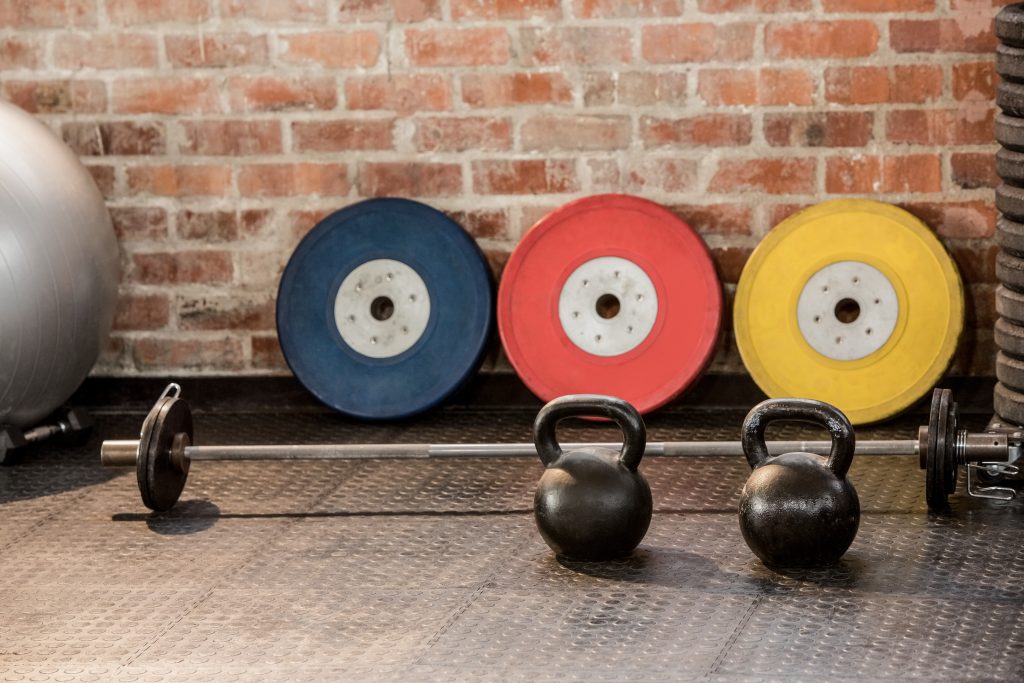
Before We Begin Lets Assume the Obvious
If you’re thinking about presenting at fitness conferences/workshops it makes sense to check off the following criteria:
- You’re a fitness professional.
- You’re not a ghost or spirit. Cool, but weird.
- You have experience.
- You have a relevant, actionable, possibly unique message to share.
- You don’t smell like an old-lady fart passing through an onion.
- You’ve read THIS really, really, REALLY good article by Sol Orwell on how to nail public speaking.
With that out of the way.
1) Establish a Clear Itinerary
Not having a clear itinerary or not sticking to one that’s set are two ways to derail a day of learning.
The former seems self-explanatory
It should surprise no one that people want to know what they’re getting themselves into and what they’re paying for.
“Tony’s Coming to Talk About Stuff,” while an idea I definitely need to test-drive now that I’ve said it, likely won’t garner as much interest (or numbers) as something more concrete such as “The Shoulder: From Assessment to Badass.”
Likewise, you’re not going to have many happy campers if you send out a bullet-point itinerary of what you’ll cover – squatting biomechanics for example – and then end up scratching 17% of it in favor of attempting to convince people bowl cuts are cool because He-Man had one.
Tossing myself under the bus for a second, I had a slight snafu while presenting in Victoria two weekends ago.
I noted in my itinerary I was allotting an hour towards the end of Day #2 to discuss program design.
Sadly, I ran out of time and profusely apologized to the attendees.
When I followed up with my hosts a few days later here’s the email sent my way which helped put things into perspective:
“You got some amazing feedback. Seriously, some of the best we’ve had. No need to change much, really. I think the only thing that was a “mistake” on your behalf was talking about potentially doing the programming talk and then running out of time.
A couple people mentioned it in the feedback, not in a seriously annoyed sense, but they were disappointed. It’s just like having kids, you can’t say “if we have time, we’ll get ice cream” if there’s any chance in hell you won’t get ice-cream. 😉
It’s a common mistake presenters make, but I would just consider keeping the thought inside, then if the time comes and we can do it, you look like a god because you get the opportunity to ask people if they want a “bonus” session, more than they bargained for.
It’s all in the perception, you know?”
2) Itineraries Are Great, But Sometimes You Gotta Say “Fuck It”
Every crowd or group is different.
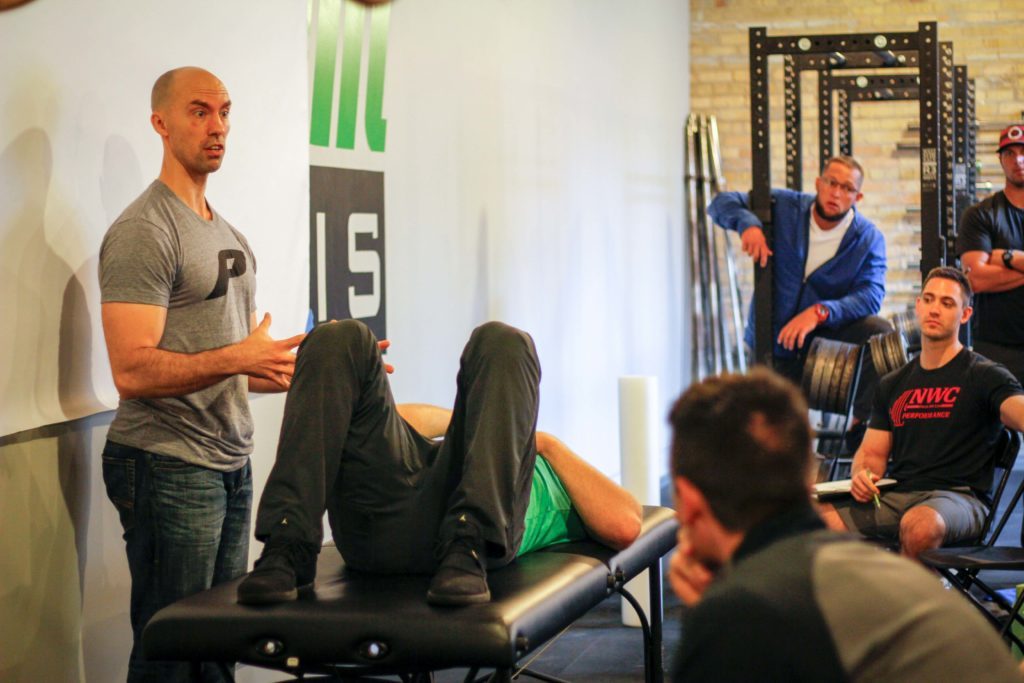
I may present in Austin and a certain portion really engages the attendees and I end up spending more time there than I had planned because they’re more switched on.
Conversely, I’ll do the same workshop in say, Milwaukee, and the same part of a presentation elicits nothing but blank stares and yawns.
Fuck off Milwaukee!2
When I’m presenting I’m very much “on” and feed off the energy of the group. And if they happen to be digging a particular topic – conversing and asking questions – who am I to not give them what they want?
When this happens I often take the Choose Your Own Adventure approach to presenting.
We have “x” time left, do you want me to talk about “y” or “z?”
Or bowl cuts?
Sometimes giving a modicum of choice to the attendees can help offset any itinerary detours.
3) Hands-On Portions Are Game Changers
Fitness professionals are like sharks…they constantly need to be moving. It’s a huge ask to expect a group of trainers and coaches to sit still for hours on end.
I preempt my talks by informing the group I’m more than capable of not being distracted if a few need to get up periodically to stretch, foam roll, or, I don’t know, perform some parkour on the side.
That being said I feel it’s integral – especially given the material I present on – to include intermittent hands-on portions.
In truth I like to get a little dirty when I present.
My presenting flow tends to go like this:
- Talk about shit.
- Lets break off into groups so we can practice the shit I just talked about.
- Look at this cute picture of my cat.
In fact, one of highlights of my recent Victoria workshop was when I broke down squatting and deadlifting technique and then turned on 90’s hip-hop and had all the attendees squat and deadlift for 45 minutes.
This approach not only helps keep the attendees engaged and excited, but also keeps me fresh.
I’ll use this time to walk around, coach people up, and answer questions of course. But selfishly, I’ll also use it as an opportunity to sneak away for five minutes and recharge my introvert batteries.
4) Don’t Be Zod
I think one of my strengths as a coach (and presenter) is that I’m very much open to other people’s perspectives and ways of doing things.
I don’t think I’m that big of a deal.
It’s not lost on me that people pay to listen to me speak and to listen to my way of doing things.
Still, I try not to have a Zod complex about it.
I spend a good minute or two at the start of every presentation or workshop to reiterate to the attendees that I am not there to tell them what to do. I tell them I think I have some cool things to say and feel I’ll be able to help them be better fitness professionals, but in no way, shape, or fashion am I there to insinuate that it’s “my way or the highway.”
In fact I repeatedly ask them for their insights and to share their experiences. I often learn from them as much as they learn from me.
Moreover, I never talk down to anyone or try to make anyone feel inferior. I’ve heard some horror stories from people who have had unfortunate experiences at other events where the presenter was immature, unprofessional, didn’t like to be questioned, and basically was a douche to the douchiest power.
I.e., the god complex.
Don’t be that person.
5) Give Credit
Trust me: you’re not that original.
Another thing I’m very adamant in doing is giving credit where and when it’s due. I’ll often have an entire slide dedicated to the people who’s information I’m “stealing,” just so people are 100% clear I am not that smart.
Too, I’m always name dropping other coaches – I got this variation from “so and so,” I heard this from “such and such” – during my presentations. If anything I think most attendees appreciate the honesty and candor.
But more importantly it’s just the right thing to do.
6) BONUS: Know Your Audience
Swearing.
I’m all for it and do feel it provides a degree of authenticity and “pizzaz” to a presentation.
I’m not shy to swear when I present – a well-timed f-bomb can be comedic gold, help break the ice, keep people entertained, and can really hammer a point home – but I also know when to have some feel and to scale it down when needed.
It’s one thing to be in places like Boston or NYC and be liberal with language. It’s another thing altogether, if not uncouth, to be in places like Fargo, North Dakota – as I was a few years ago – and drop a MF-bomb to the cacophony of crickets chirping.
Awwwwwwwwwkward.

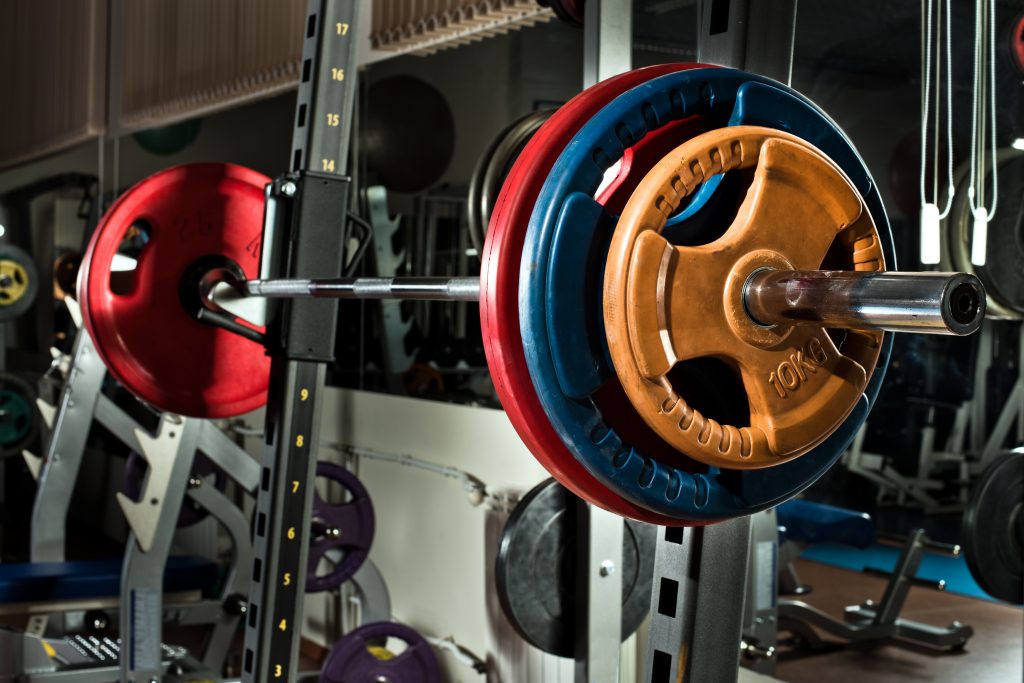
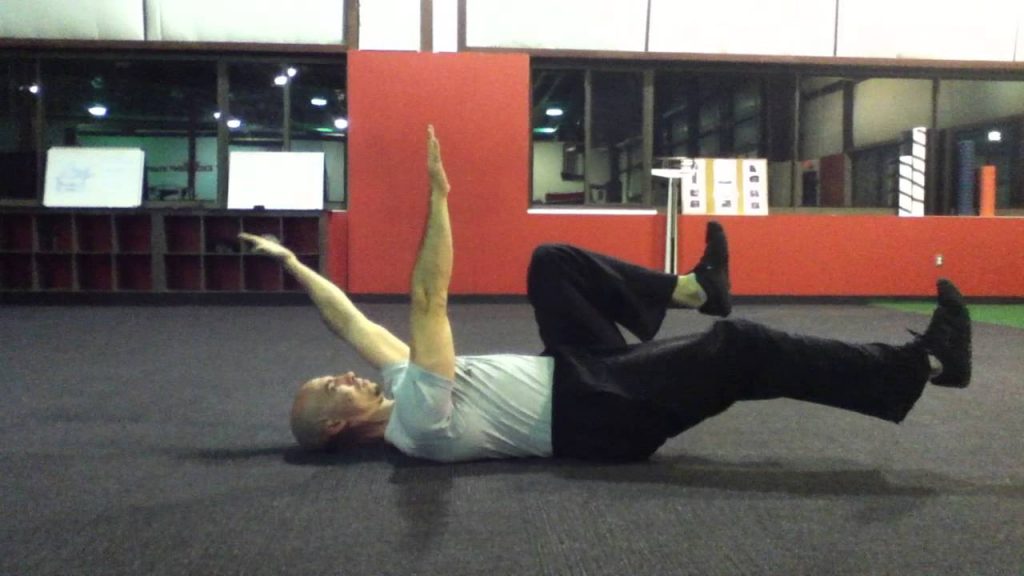

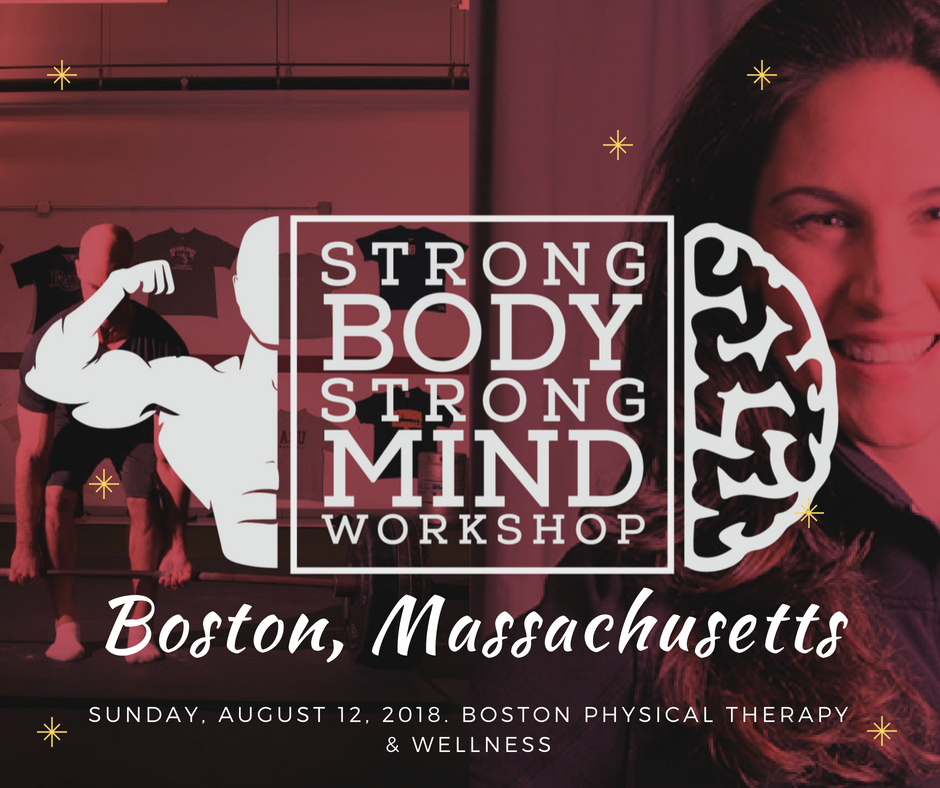
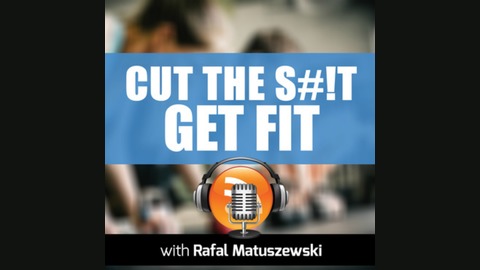

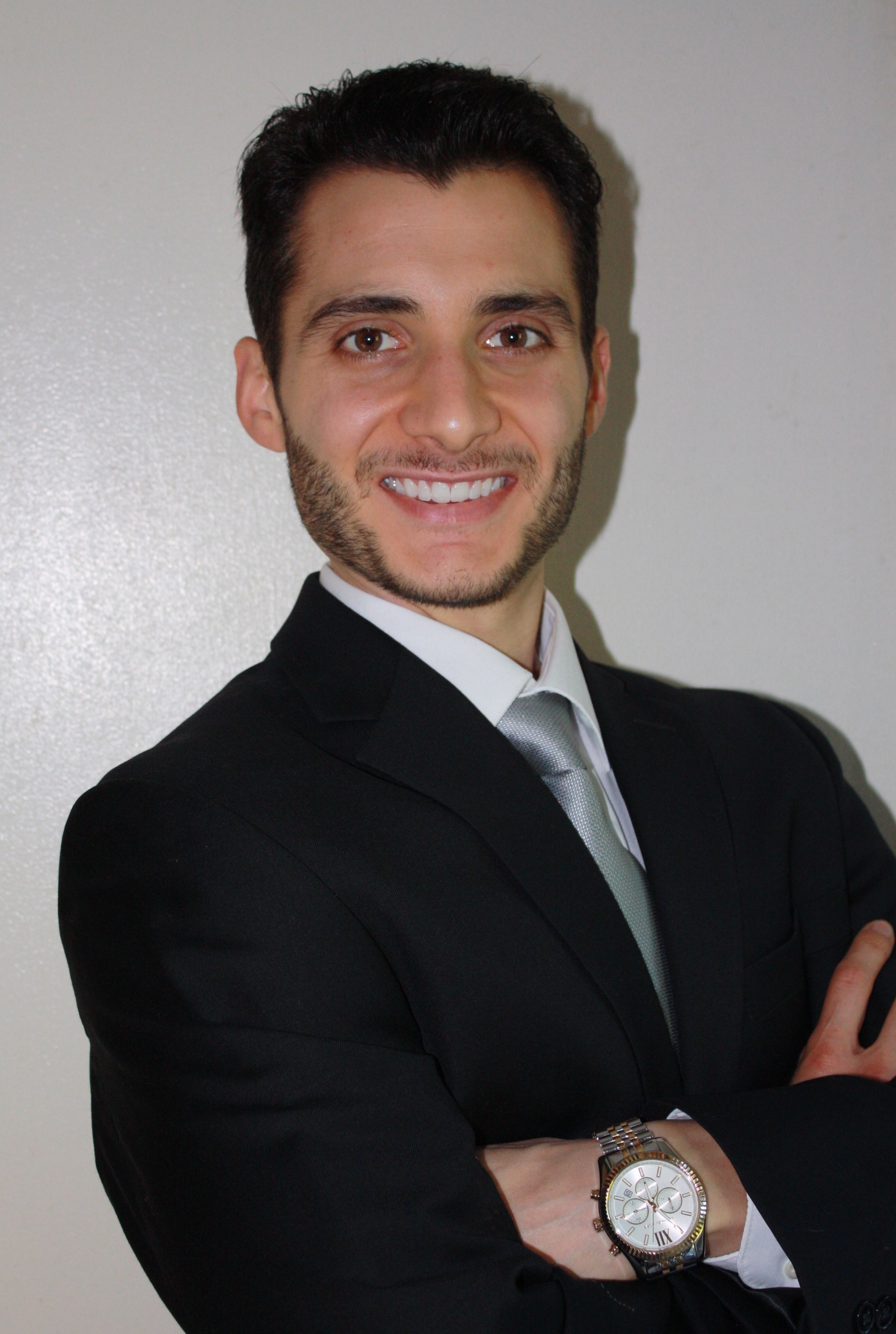 Nicholas M. Licameli
Nicholas M. Licameli

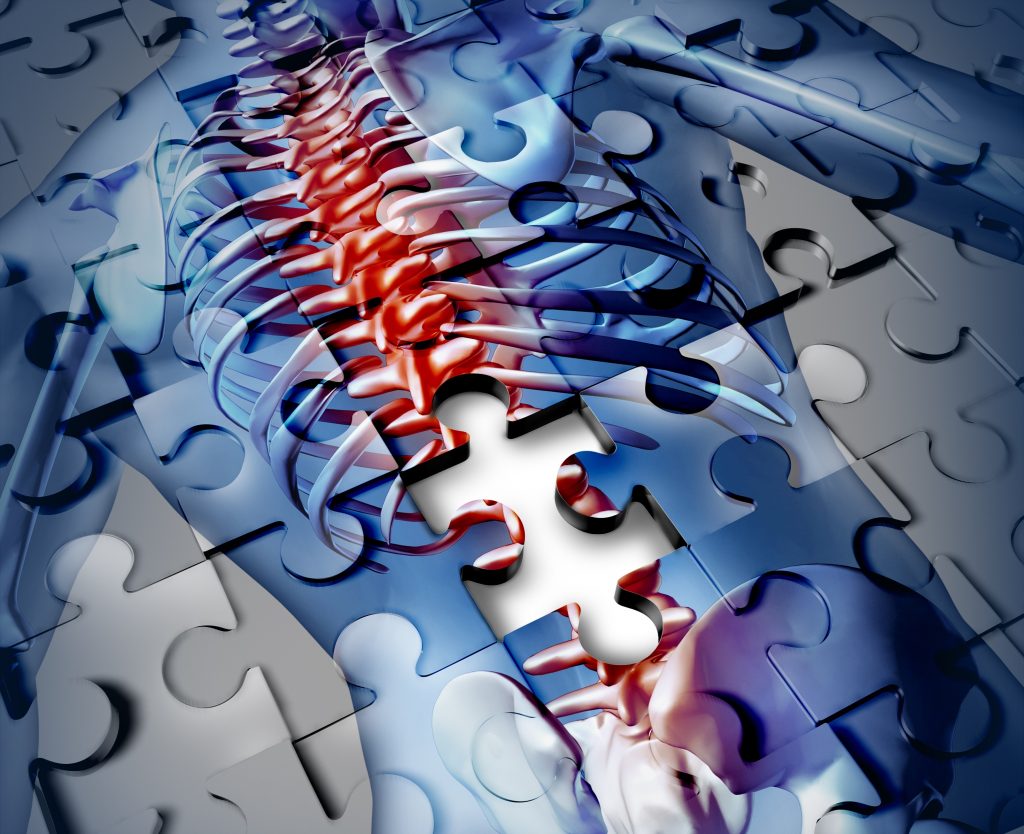
 After rupturing my L5-S1 disk over 7 years ago I was told that surgery and pain meds were my only option for a “pain-free” life.
After rupturing my L5-S1 disk over 7 years ago I was told that surgery and pain meds were my only option for a “pain-free” life.
